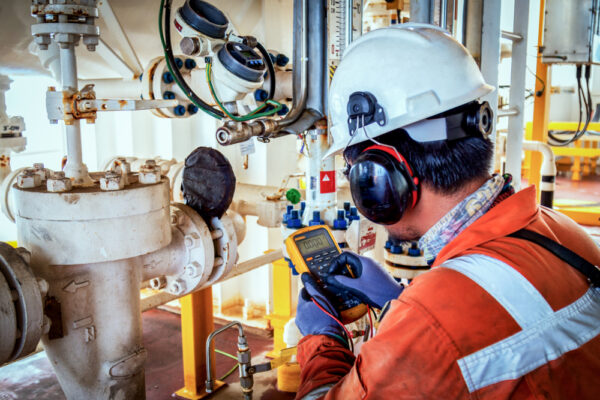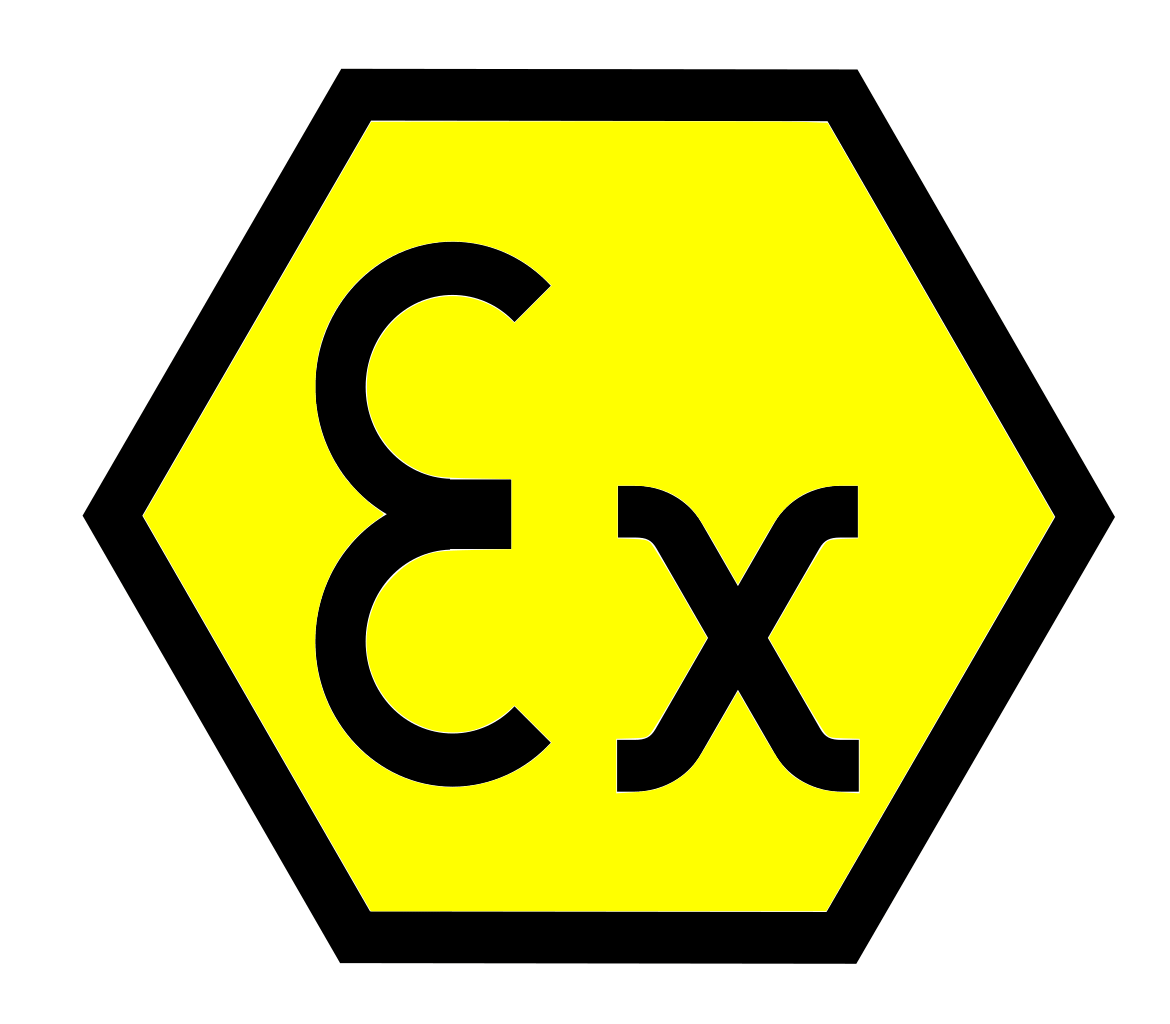The Best Guide To Roar Solutions
Table of ContentsSome Known Facts About Roar Solutions.Excitement About Roar SolutionsRoar Solutions Things To Know Before You Buy
In such an atmosphere a fire or explosion is feasible when three standard conditions are fulfilled. This is typically described as the "hazardous area" or "combustion" triangular. In order to secure installments from a potential explosion a method of analysing and categorizing a possibly dangerous location is needed. The purpose of this is to make sure the correct option and installation of equipment to inevitably stop an explosion and to ensure safety of life.

No tools ought to be mounted where the surface area temperature of the devices is more than the ignition temperature of the provided danger. Below are some usual dust dangerous and their minimum ignition temperature level. Coal Dust 380C 225C Polythene 420C (melts) Methyl Cellulose 420C 320C Starch 460C 435C Flour 490C 340C Sugar 490C 460C Grain Dirt 510C 300C Phenolic Material 530C > 450C Aluminium 590C > 450C PVC 700C > 450C Residue 810C 570C The probability of the risk being existing in a concentration high adequate to create an ignition will certainly differ from place to place.
In order to categorize this risk a setup is divided into locations of threat relying on the amount of time the dangerous is present. These areas are described as Zones. For gases and vapours and dusts and fibers there are three zones. Zone 0 Zone 20 A harmful environment is extremely likely to be existing and may exist for lengthy durations of time (> 1000 hours annually) or even continually Area 1 Area 21 A dangerous atmosphere is feasible however unlikely to be existing for extended periods of time (> 10 450 C [842 F] A category of T6 indicates the minimum ignition temperature level is > 85 C [185 F] Harmful area electrical tools perhaps designed for usage in higher ambient temperatures. This would certainly showed on the score plate e.g. EExe II C T3 Ta + 60C( This implies at 60C ambient T3 will not be exceeded) T1 T1, T2, T3, T4, T5, T6 T2 T2, T3, T4, T5, T6 T3 T3, T4, T5, T6 T4 T4, T5, T6 T5 T5, T6 T6 T6 A T Course score of T1 suggests the optimum surface temperature level created by the tool at 40 C is 450 C. Presuming the linked T Course and Temperature ranking for the equipment are ideal for the location, you can always make use of an instrument with a more stringent Department ranking than needed for the location. There isn't a clear solution to this inquiry however. It actually does depend on the kind of devices and what repair services require to be carried out. Equipment with details examination treatments that can't be executed in the field in order to achieve/maintain third event rating. Need to return to the manufacturing facility if it is before the devices's solution. Field Repair By Authorised Employee: Challenging screening might not be called for however details treatments may require to be complied with in order for the devices to maintain its 3rd party ranking. Authorised personnel have to be used to carry out the job correctly Repair service must be a like for like replacement. New part should be taken into consideration as a direct substitute needing no unique testing of the devices after the repair is complete. Each piece of tools with an unsafe ranking ought to be reviewed individually. These are described at a high level listed below, however, for more in-depth information, please refer straight to the guidelines.
A Biased View of Roar Solutions
The equipment register is a detailed data source of tools records that consists eeha courses of a minimum collection of fields to identify each product's location, technological specifications, Ex-spouse classification, age, and environmental information. The ratio of Comprehensive to Close evaluations will certainly be established by the Devices Risk, which is examined based on ignition danger (the probability of a resource of ignition versus the chance of a flammable environment )and the dangerous area classification
( Zone 0, 1, or 2). Implementing a robust Risk-Based Assessment( RBI )approach is important for making certain conformity and safety and security in handling Electric Devices in Hazardous Areas( EEHA).
Our Roar Solutions PDFs

In regards to eruptive threat, a hazardous location is an atmosphere in which an explosive ambience exists (or might be expected to be existing) in quantities that need unique safety measures for the construction, setup and use of devices. eeha training. In this post we explore the difficulties encountered in the office, the risk control steps, and the needed expertises to work safely
These materials can, in specific conditions, develop explosive environments and these can have significant and tragic consequences. Many of us are acquainted with the fire triangular remove any one of the three aspects and the fire can not happen, however what does this mean in the context of hazardous locations?
In many instances, we can do little about the degrees of oxygen in the air, yet we can have considerable impact on resources of ignition, for instance electrical tools. Dangerous locations are recorded on the dangerous location category illustration and are recognized on-site by the triangular "EX-SPOUSE" indicator. Below, among various other crucial details, areas are split into 3 kinds depending on the hazard, the likelihood and period that an eruptive ambience will exist; Zone 0 or 20 is regarded one of the most dangerous and Zone 2 or 22 is deemed the least.
Comments on “The 30-Second Trick For Roar Solutions”